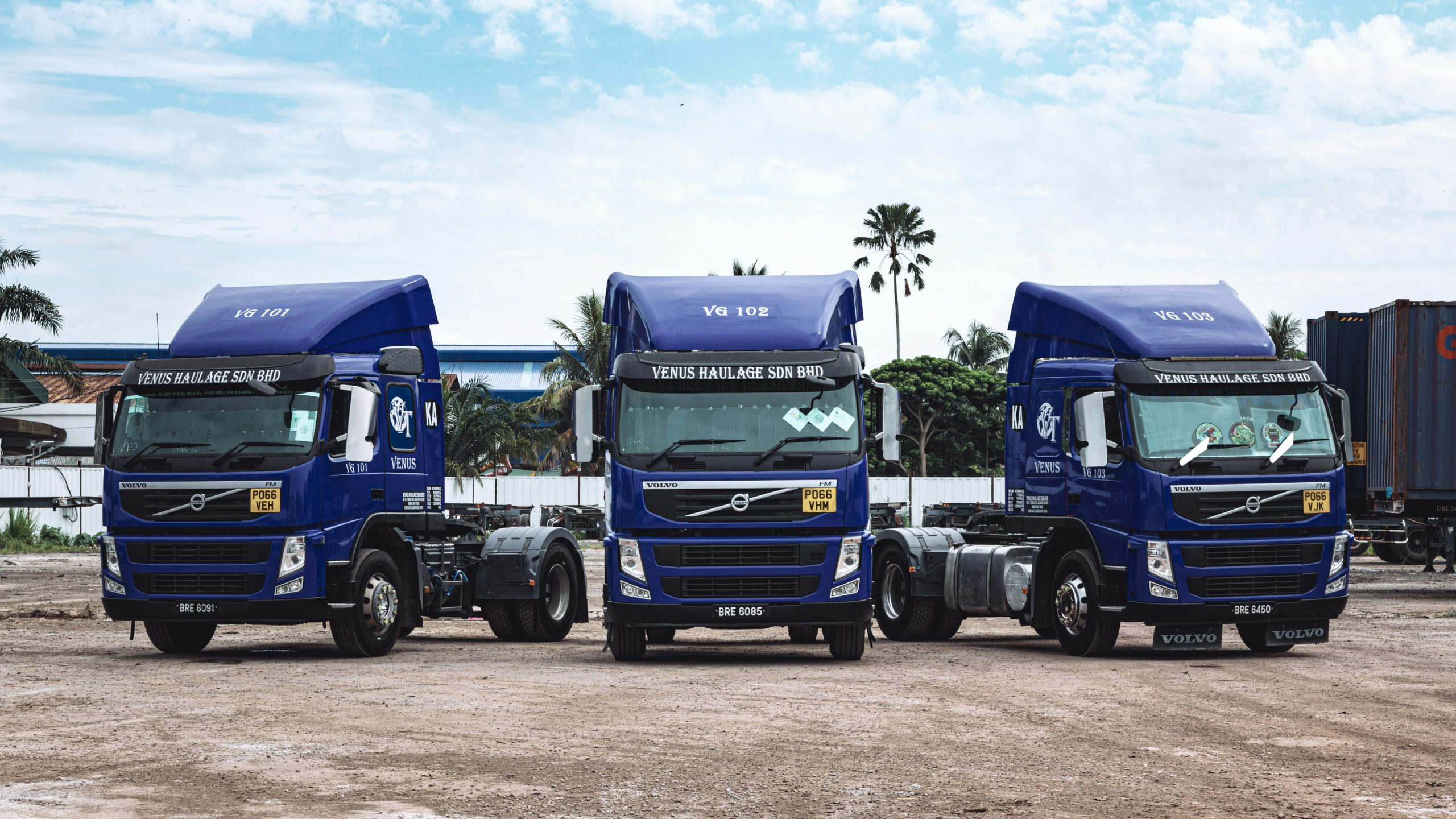Cutting-Edge Aerodynamics Improving Fuel Economy in Trucks
In today’s world, where fuel efficiency is becoming more important than ever, automotive manufacturers are constantly looking for ways to improve the fuel economy of their vehicles. This is especially true for trucks, which are notorious for their high fuel consumption due to their large size and heavy load. However, with advances in technology and research, cutting-edge aerodynamics have emerged as a key factor in improving fuel economy in trucks. In this article, we will dive into the world of aerodynamics and discover how it is revolutionizing the trucking industry by significantly reducing fuel consumption.
The Role of Aerodynamics in Fuel Economy
Aerodynamics is the study of how air moves around objects. In the case of trucks, aerodynamics play a vital role as air resistance is one of the main factors contributing to fuel consumption. When a truck is moving, it creates a considerable amount of drag, which requires more power and fuel to overcome. However, by making changes to the truck’s design and incorporating cutting-edge aerodynamics, this drag can be significantly reduced, resulting in improved fuel economy.
The Evolution of Aerodynamics in Trucks
The concept of aerodynamics in the automotive industry is not new. However, it is only recently that it has gained significant attention in the trucking world. In the past, trucks were designed primarily for functionality and not for aerodynamics. But with the introduction of stricter emission regulations and the rising cost of fuel, truck manufacturers have started to focus on improving the aerodynamics of their vehicles.
The first major change in truck aerodynamics came with the introduction of the round nose design in the 1980s. This design replaced the flat front of traditional trucks, reducing drag and improving fuel economy. Since then, aerodynamics has continued to evolve, with each design iteration bringing more significant improvements.
Cutting-Edge Aerodynamic Features in Trucks
Modern trucks are equipped with various cutting-edge aerodynamic features, all aimed at reducing drag and improving fuel efficiency. One such feature is the use of streamlined side mirrors, which create less turbulence and resistance compared to traditional mirrors. Some trucks also come with automatic retractable side skirts, which can be extended to improve aerodynamics and then retracted when not needed.
An even more advanced feature is the use of aerodynamic wheel covers, which reduce the drag caused by the rotating wheels. They create a streamlined surface, allowing air to flow smoothly over the wheels and reducing resistance. Some manufacturers have even experimented with the use of cameras instead of mirrors, further reducing the truck’s overall drag.
The Impact on Fuel Economy
The use of cutting-edge aerodynamics in trucks has had a significant impact on their fuel economy. According to a study by the National Renewable Energy Laboratory, aerodynamic improvements alone can result in a fuel economy increase of up to 17%. This significant improvement not only benefits the trucking companies but also has a positive impact on the environment by reducing emissions.
The Future of Aerodynamics in Trucks
The use of aerodynamics in trucks is still in its early stages, with new advancements being made every day. As technology continues to evolve, we can expect to see even more innovative aerodynamic features in trucks. Some manufacturers are already experimenting with concepts such as active grille shutters and trailer tail fairings, which can further improve the truck’s aerodynamics and fuel economy.
In conclusion, cutting-edge aerodynamics has become an essential aspect of improving fuel economy in trucks. With continuous research and advancements, we can expect to see even more significant improvements in the future. As the demand for fuel-efficient vehicles continues to rise, the role of aerodynamics in the trucking industry will only become more significant, making it a crucial factor in the design and production of trucks.











